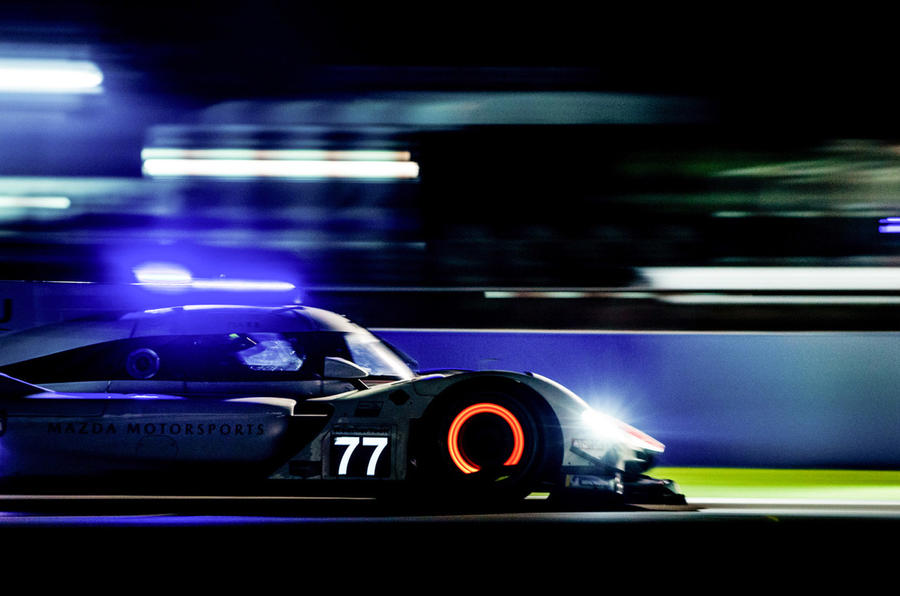There’s a growing buzz in the world of sports car endurance racing right now, and everyone with a vested interest is attuned to it. The all-new Le Mans Hypercar (LMH) class will come in this season, before the parallel Le Mans Daytona Hybrid (LMDh) cars join the party in 2022, unifying this too often fractured form of motorsport to allow the same cars to contest all three ‘majors’: the Le Mans 24 Hours, the Daytona 24 Hours and the Sebring 12 Hours. As in real life, the future can’t come soon enough.
That buzz is why it was something of a slap in the face when Mazda announced recently that it would end its increasingly successful IMSA campaign in the US at the end of this season, when the current DPi prototype era closes. The Japanese manufacturer’s Multimaticrun 2.0-litre four-cylinder turbo-powered RT24-P will head to Sebring this month with high hopes of a second consecutive victory in America’s greatest sports car race (more of which next week), following a podium in Daytona that might have been a win with a more favourable twist of luck.
Larry Holt’s Multimatic squad remains well placed to fly in the LMDh era, but it now needs a new partner. In the wake of such growing momentum in IMSA, it’s hard not to feel that Mazda is turning its back on a genuine shot at adding a second Le Mans victory to its famous sole win, the first for a Japanese firm, way back in the Group C era in 1991.
Tincknell pushes on
Harry Tincknell, who has fast emerged as one of the finest long-distance racers of the current era, could be forgiven if he felt a bit cursed when it comes to fickle car makers pulling the plug.
Having scored an LMP2 class win on his Le Mans debut in 2014, the British driver was snapped up by Nissan for its experimental GT-R LM campaign – which abruptly turned into a shortlived disaster. No matter: four fruitful years with Ford’s high-profile GT programme followed, but then the Blue Oval left the field. Last year, he joined Aston Martin as a third driver at Le Mans and scooped his second class win at the ‘big one’, this time in the GTE Pro class – only for the British marque to end its 15-year works-team commitment at this level. And now, after four seasons developing the Mazda in IMSA, here’s another blow.












Add your comment